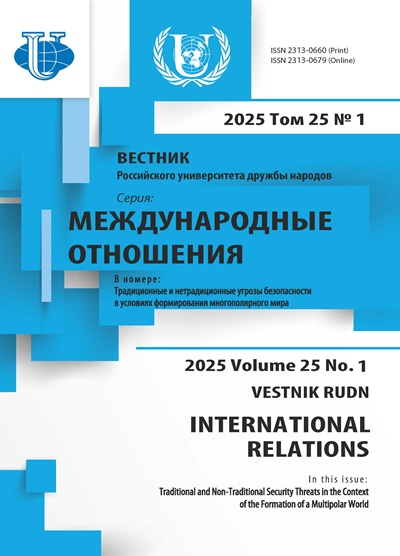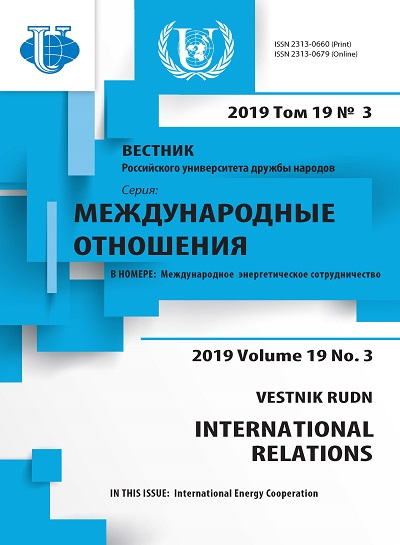Abstract
The article analyzes the potential of religious diplomacy in the settlement of the Afghan conflict. The Russian and foreign research discourses highlight the importance and examples of using religious channels as a tool of reducing tensions and resolving conflicts. However, the emphasis is mainly done on the Western practice of specialized (mainly Christian) institutions in preventing the escalation of existing conflicts. This article, in turn, is focused on the analysis of the latest, previously not studied examples of foreign policy initiatives of Islamic religious leaders in post-conflict Afghanistan. Current examples of the activity of Afghan theologians in national and international formats in mobilizing international condemnation of the methods of force against the government of the IRA are discussed. Based on the analysis of expert comments and reports of the media, it is concluded that the main task of the Afghan religious diplomacy to attract the support of the official Afghan authorities in Kabul from the Muslim world was only partially reached, since it was not possible to achieve a unanimous condemnation of the Taliban movement activities. However, in assessing the prospects for further use of religious channels to reduce mistrust and international tension, the author concludes that this tool is in demand in establishing a constructive dialogue with the societies of the Islamic world, overcoming the crisis of trust and preparing a favorable environment for future political dialogue. The author argues that the use of the peacekeeping potential of Islam in the settlement of the Afghan conflict has both potential and limitations due to the current international political situation around Afghanistan.











